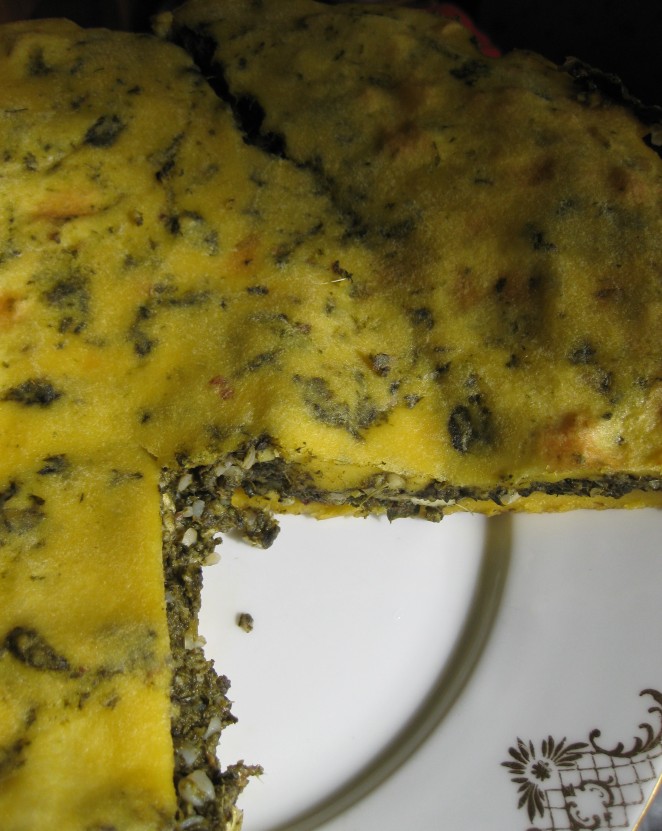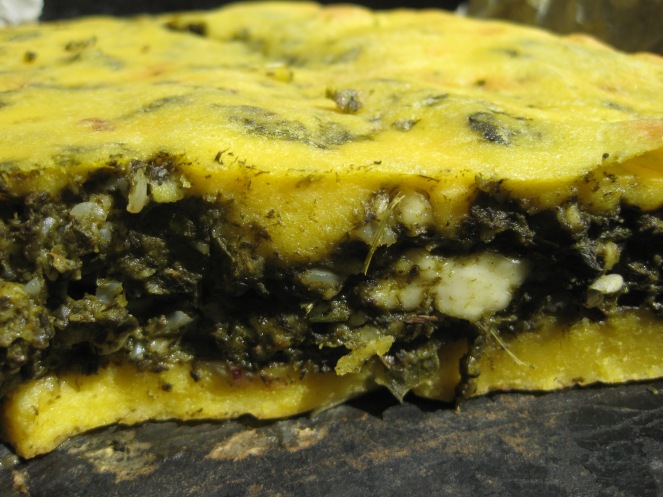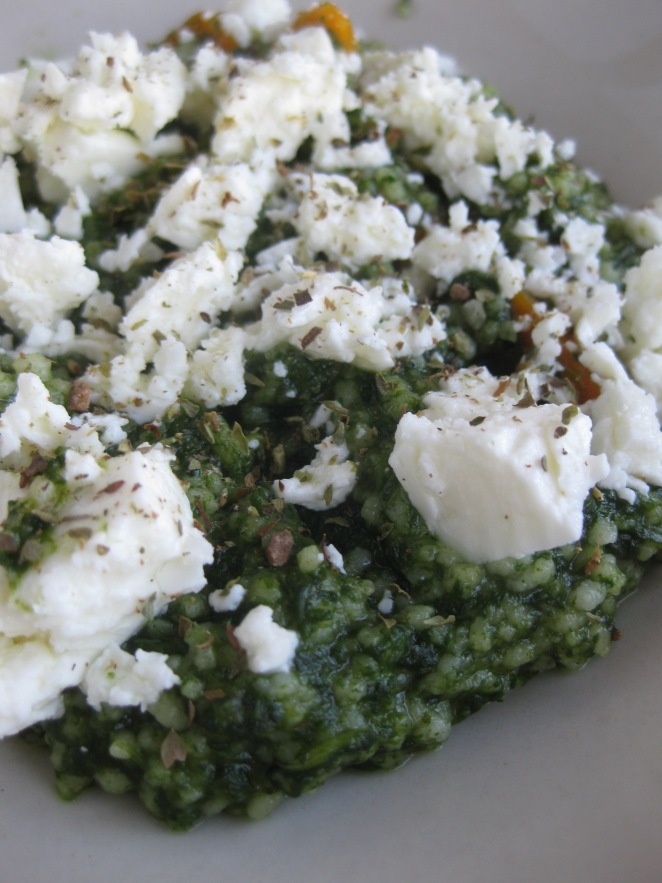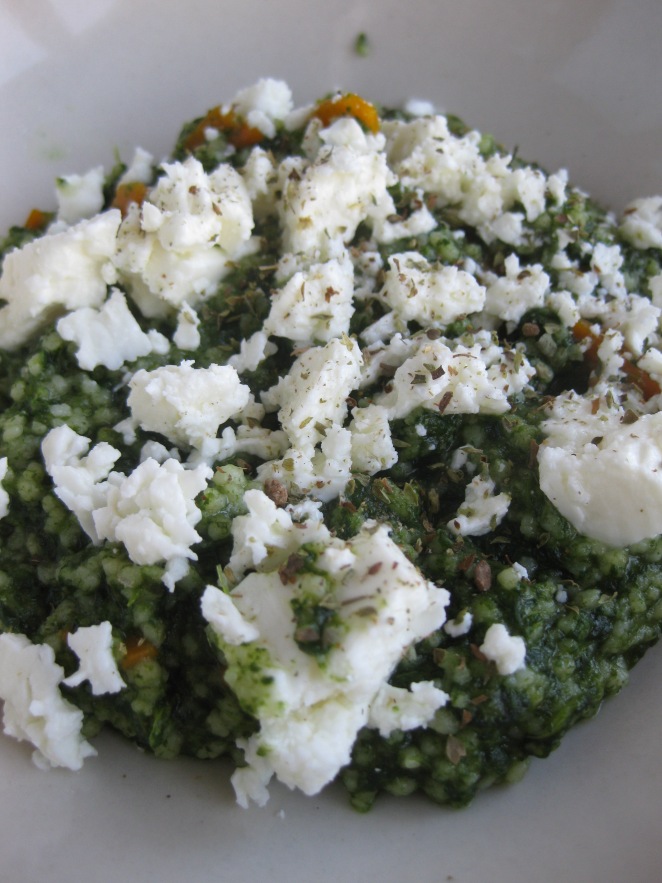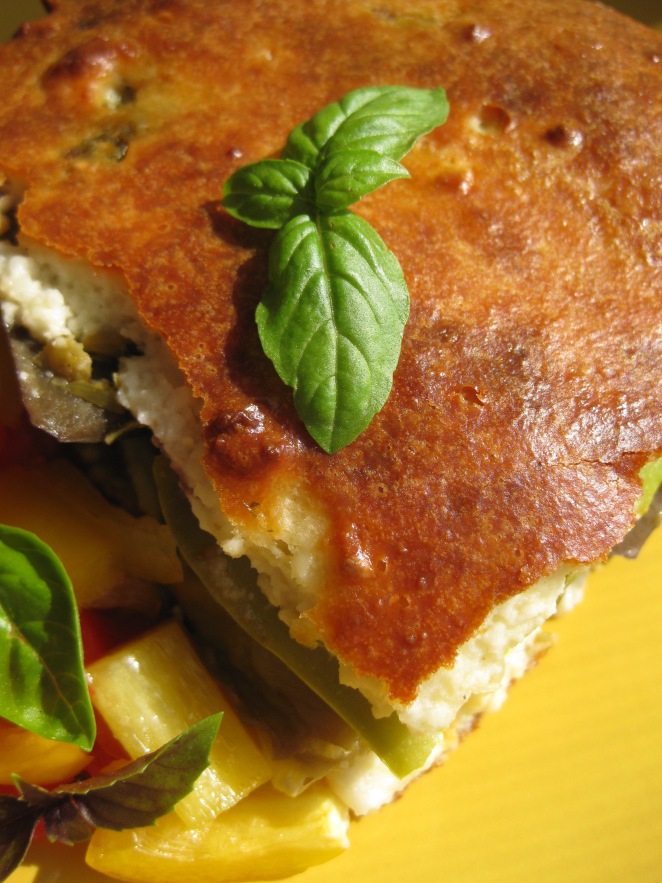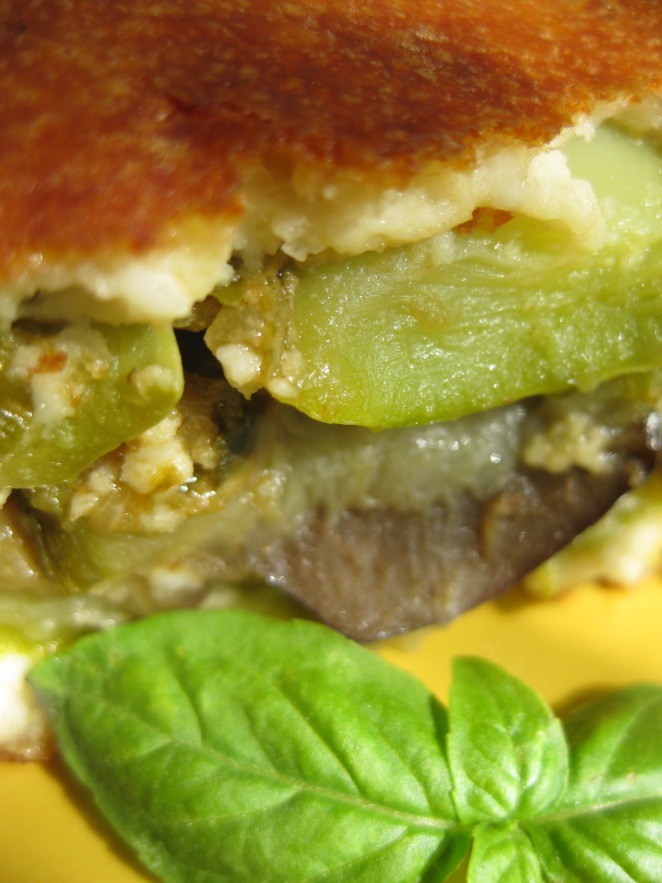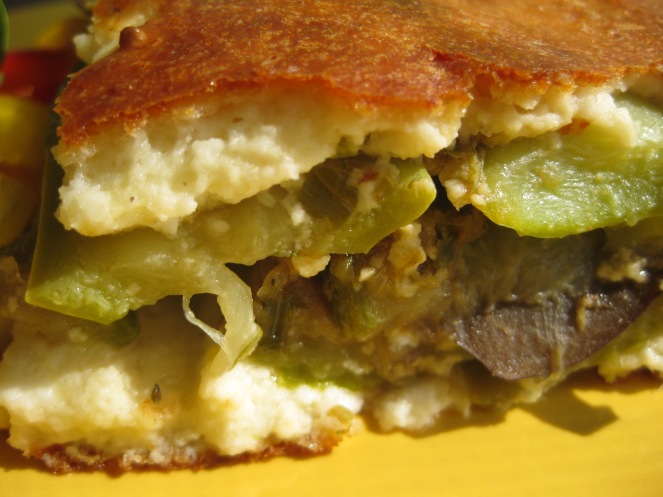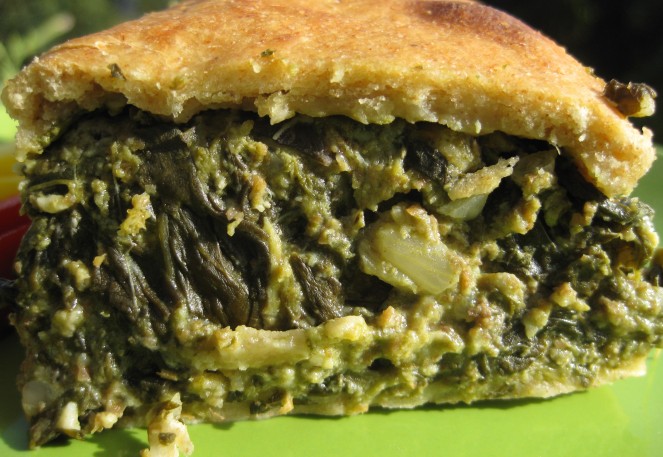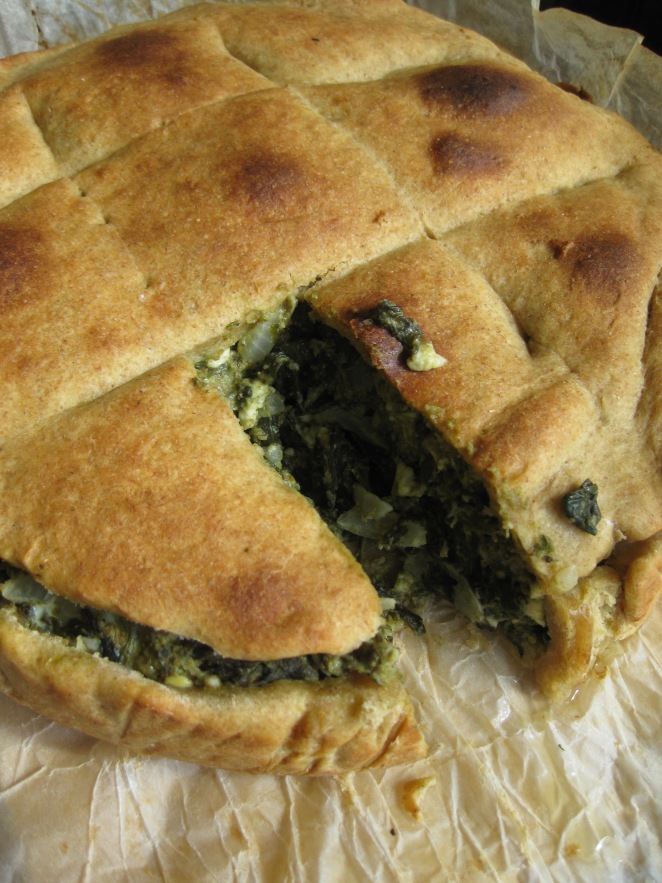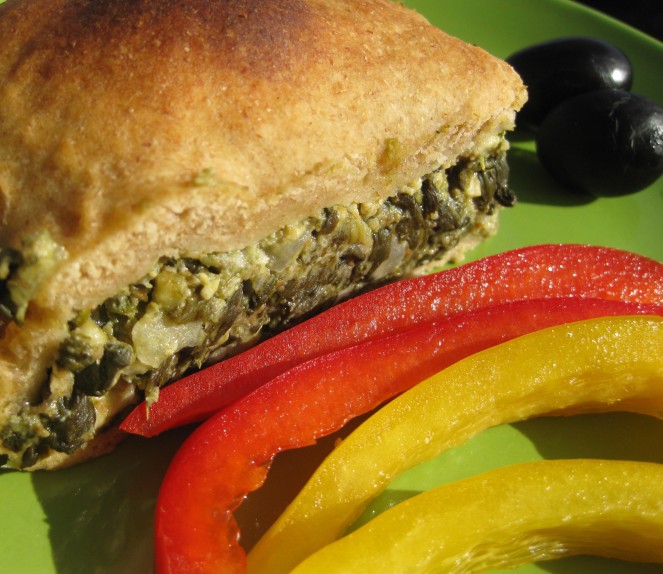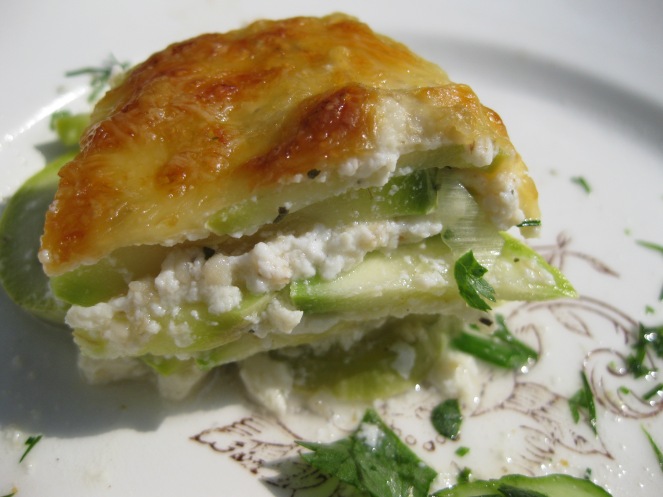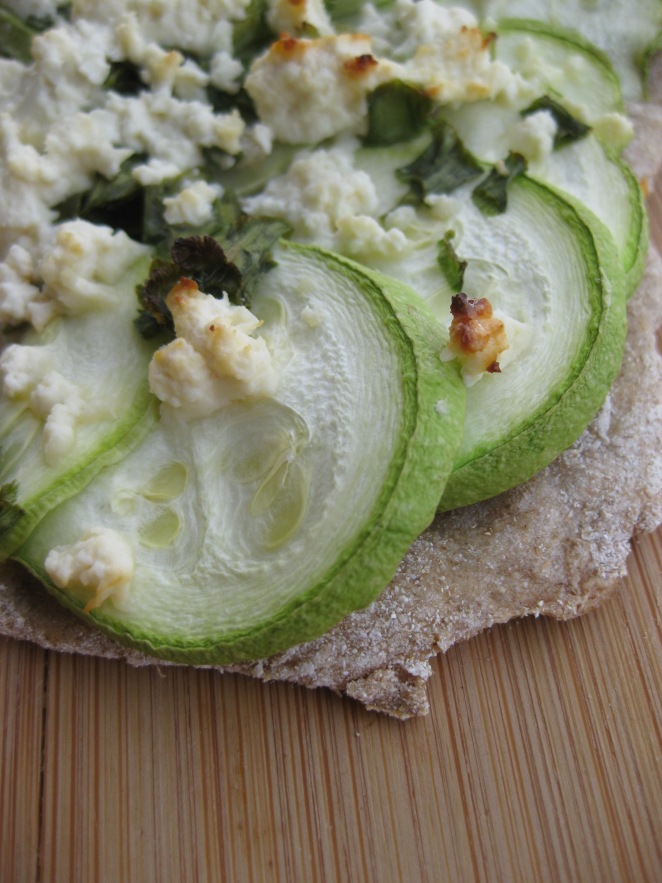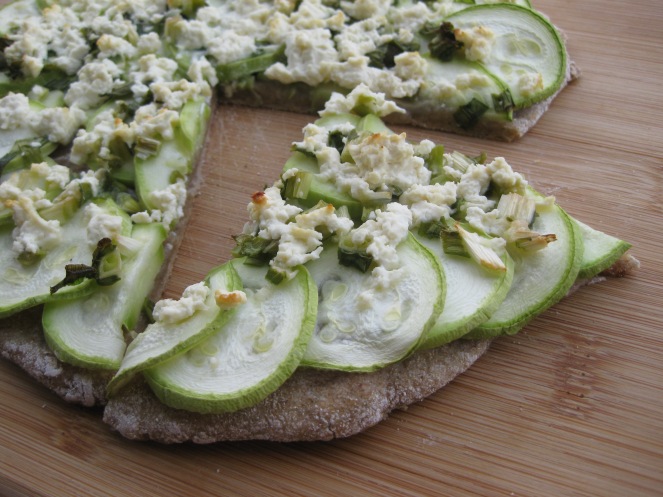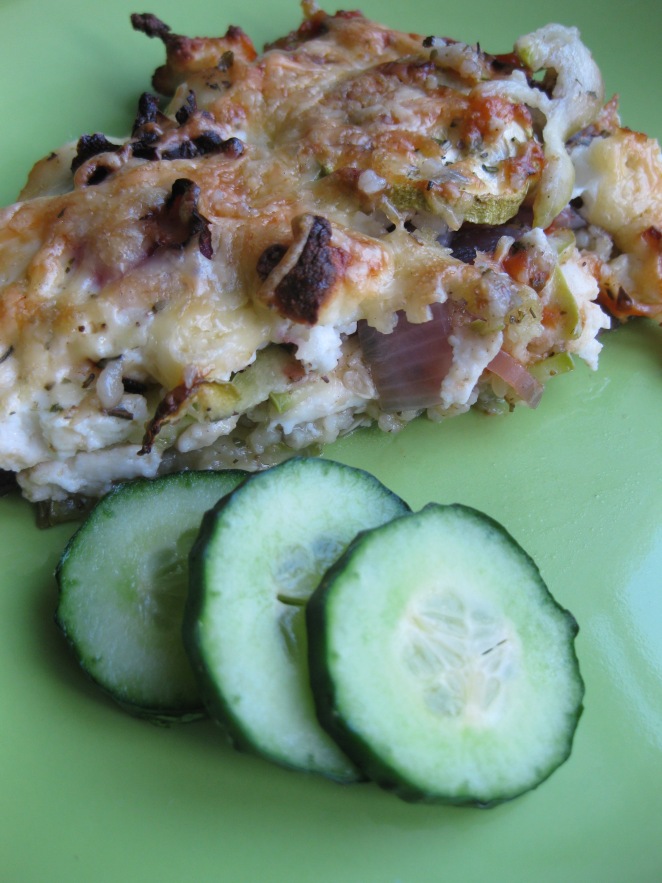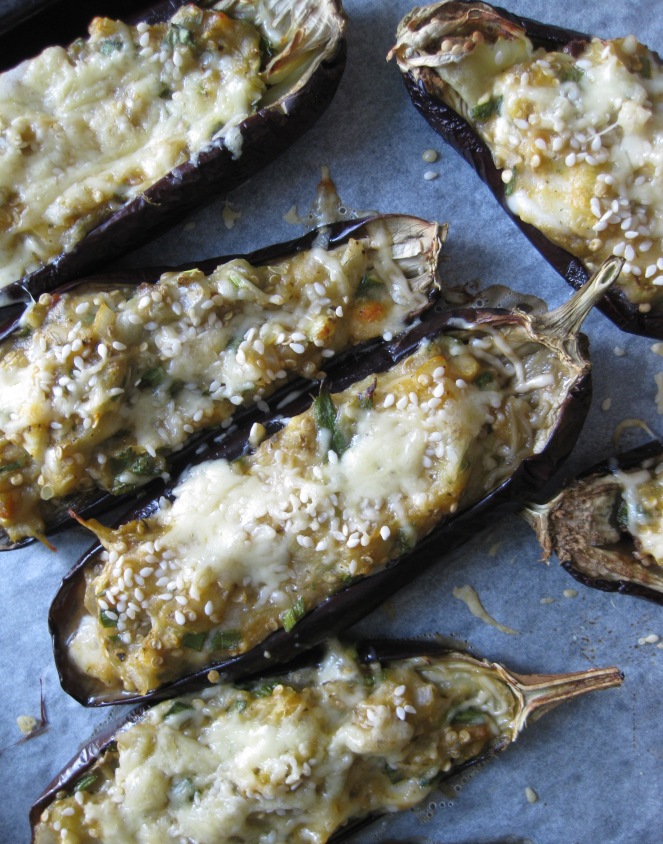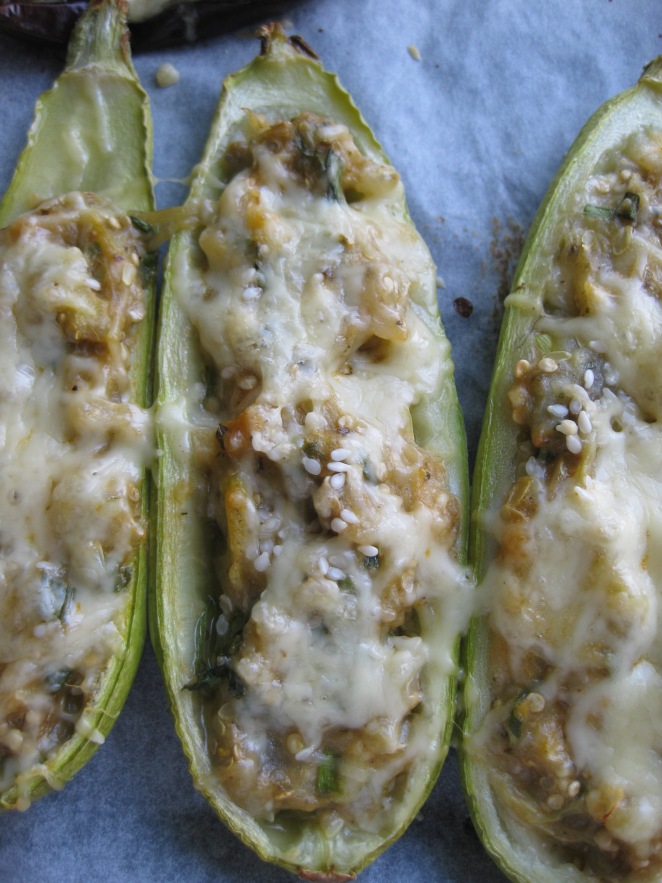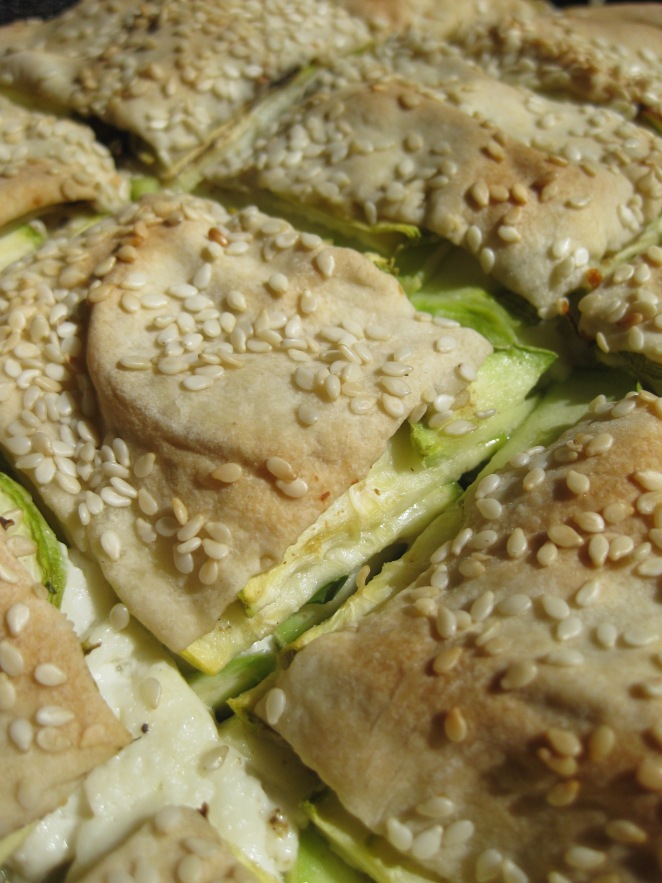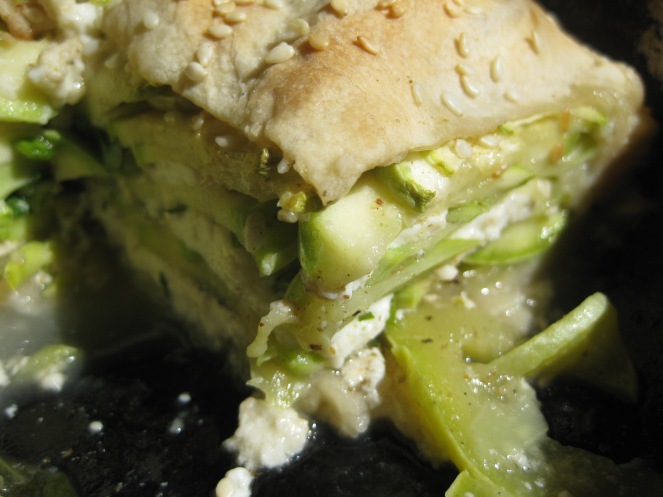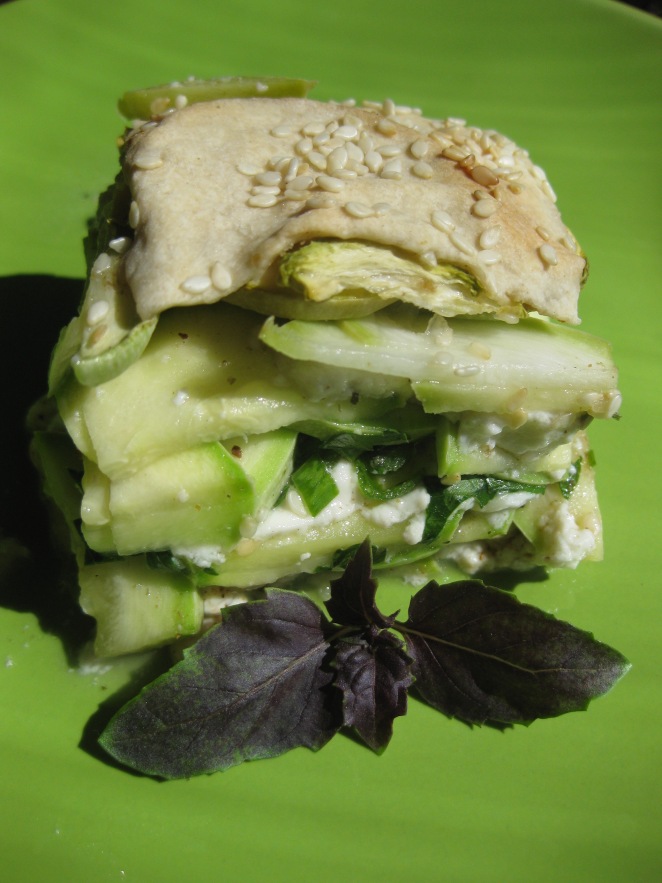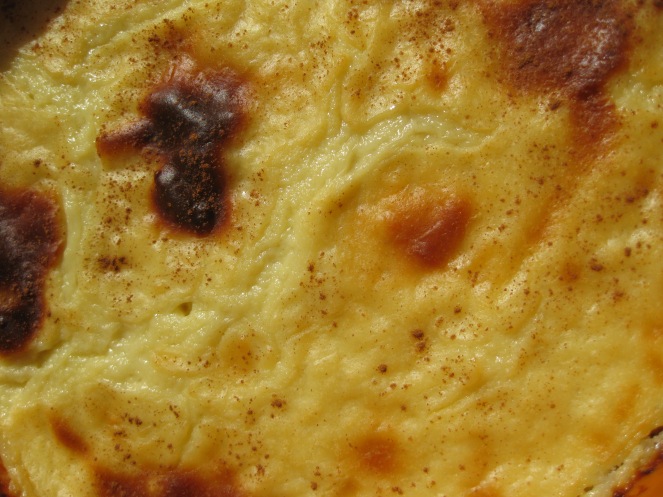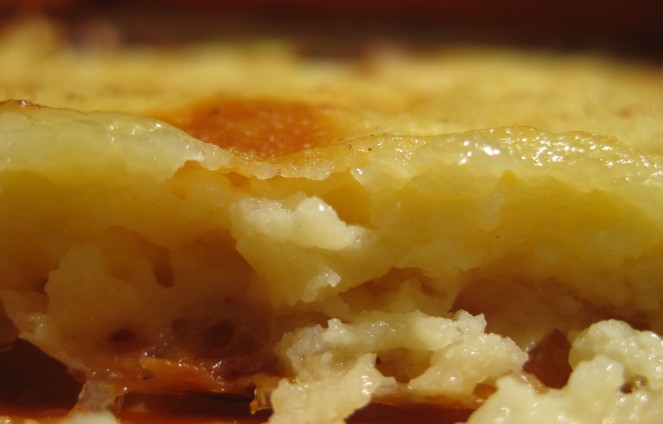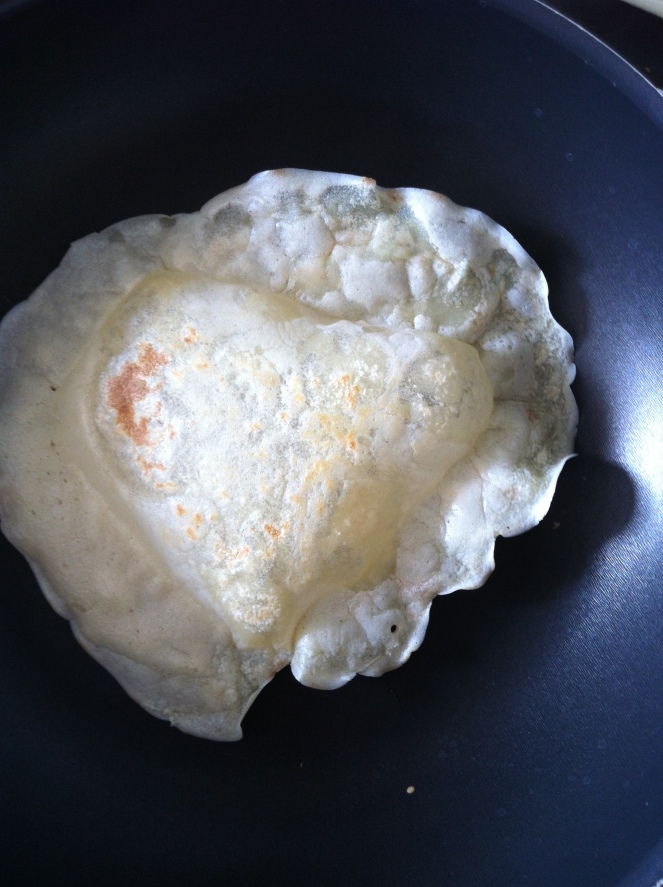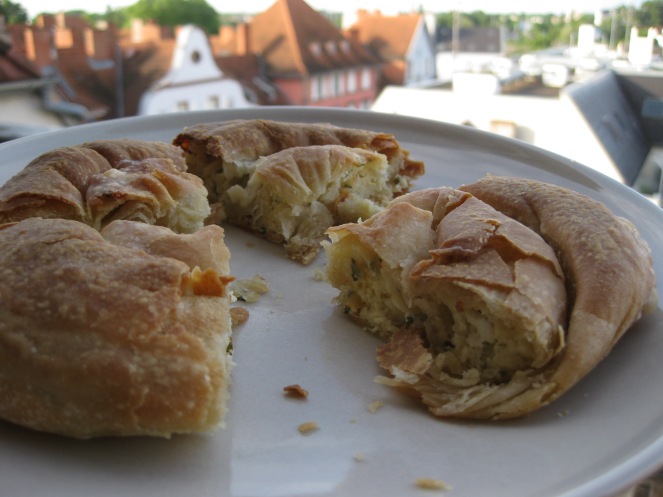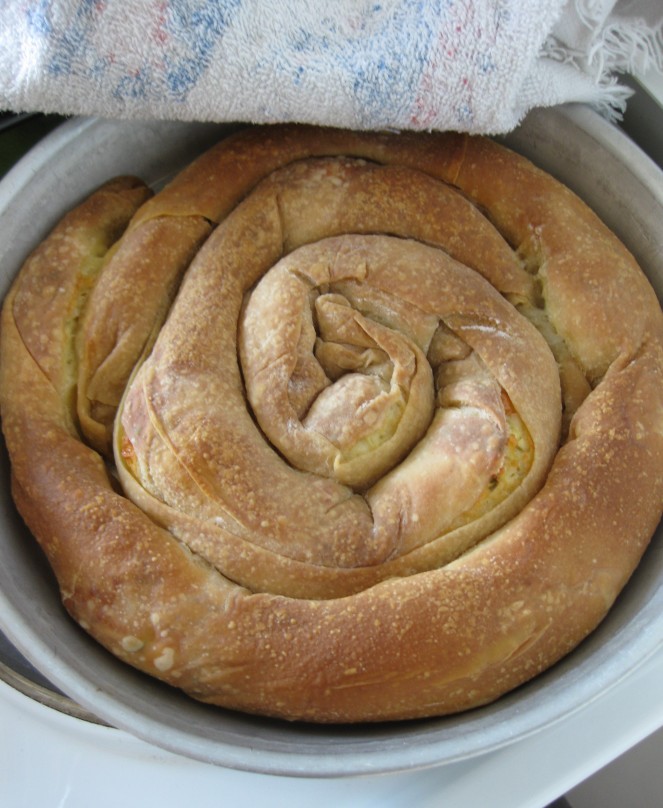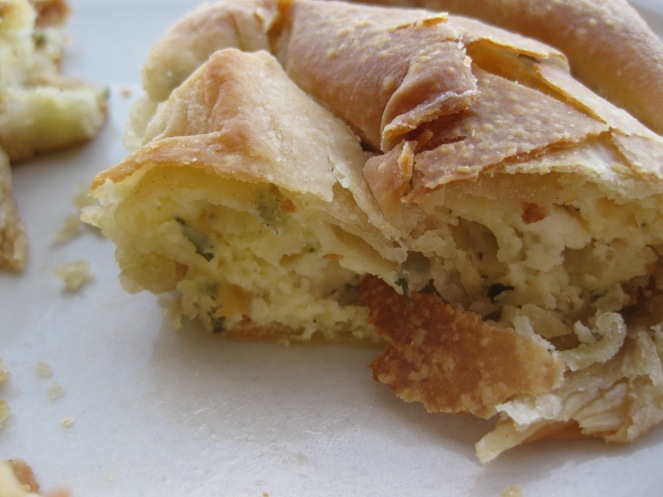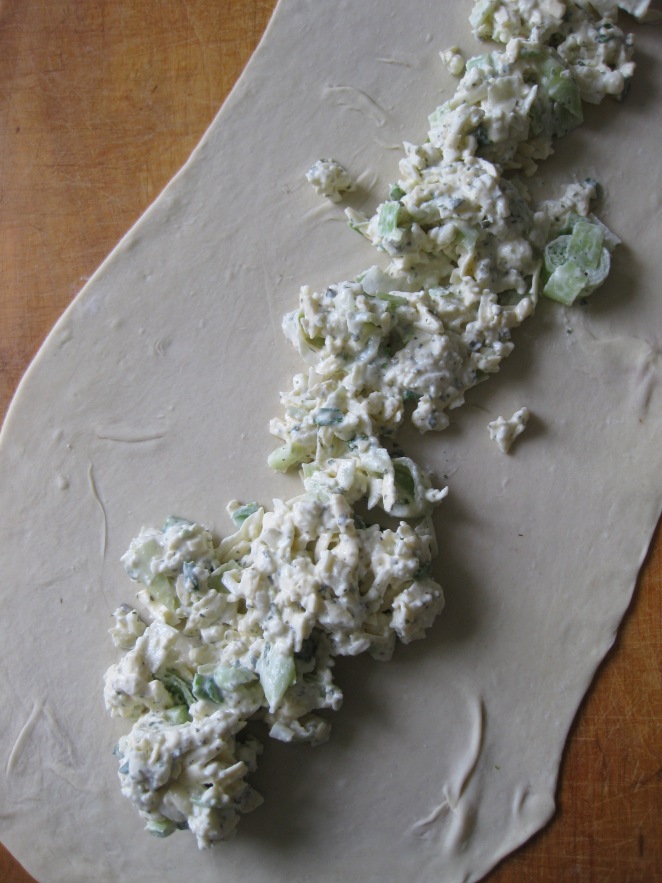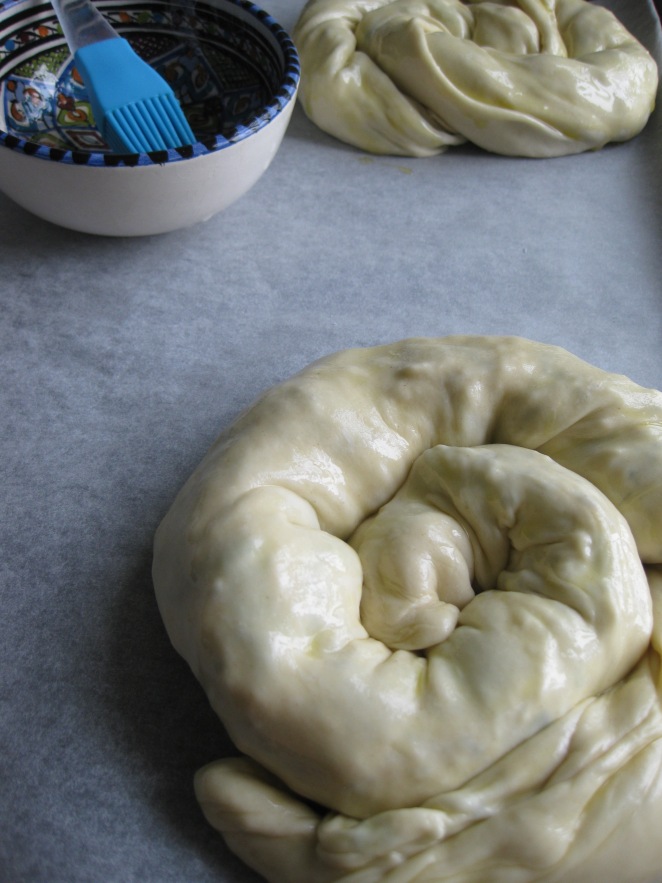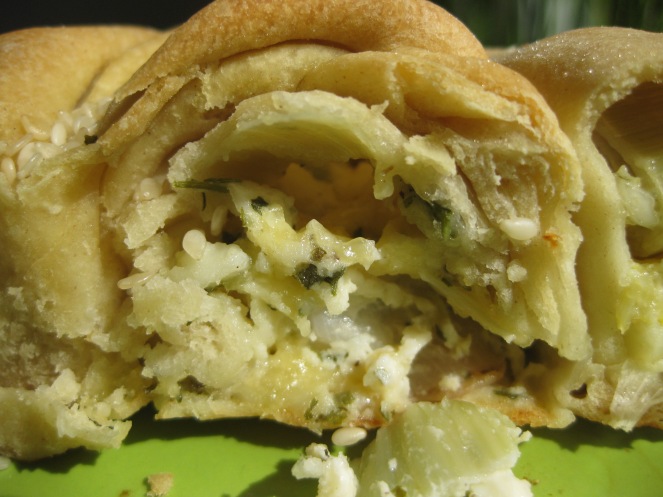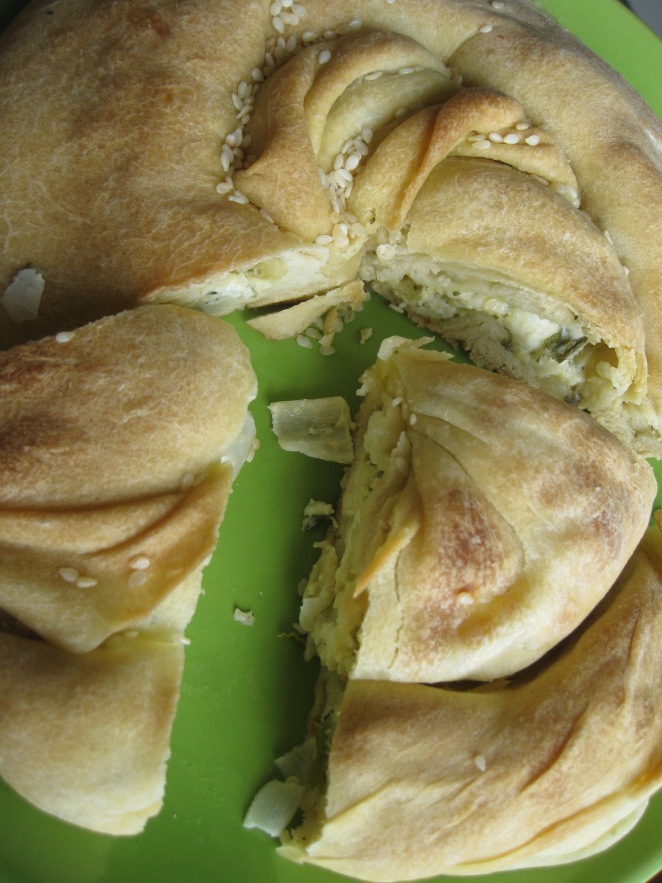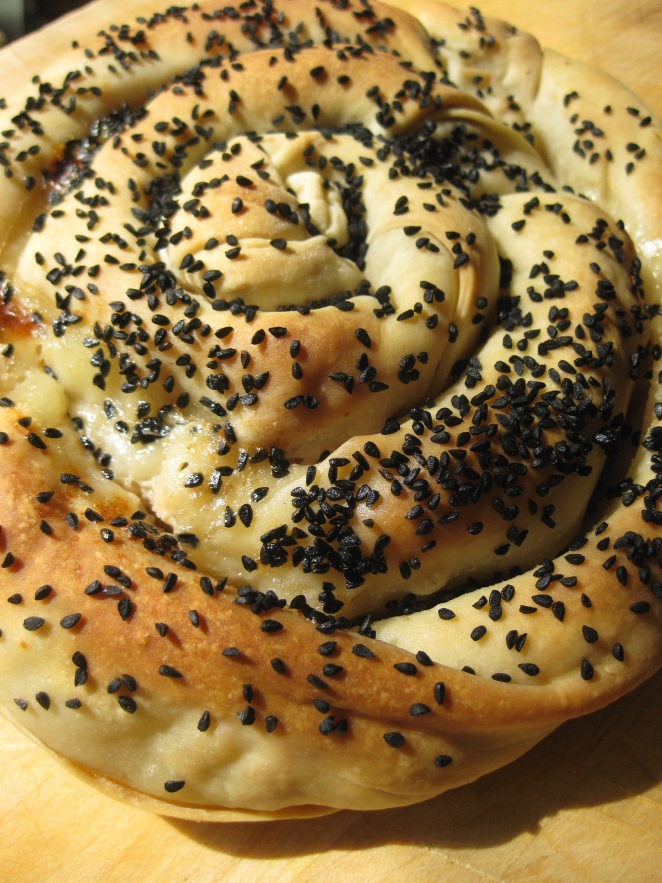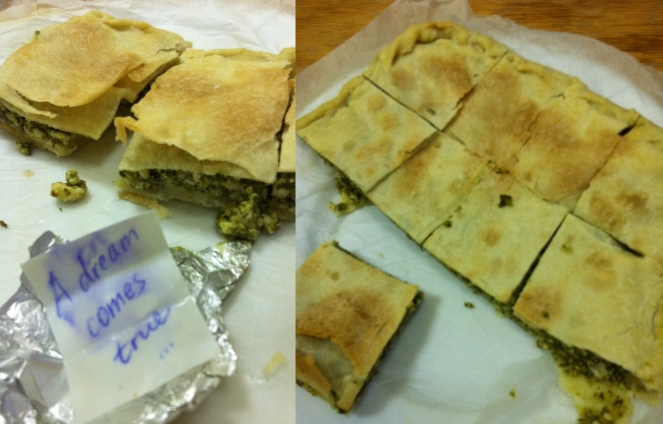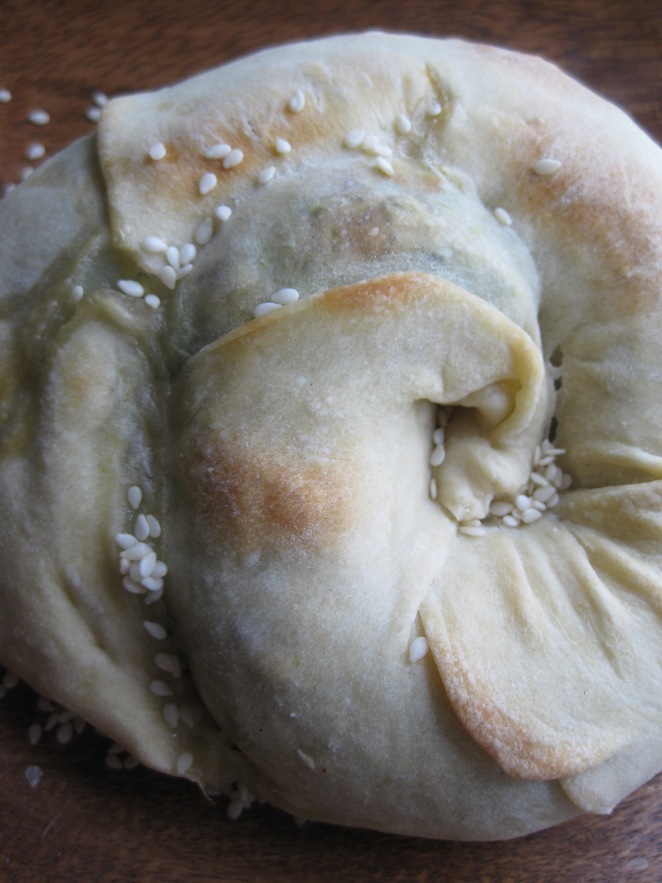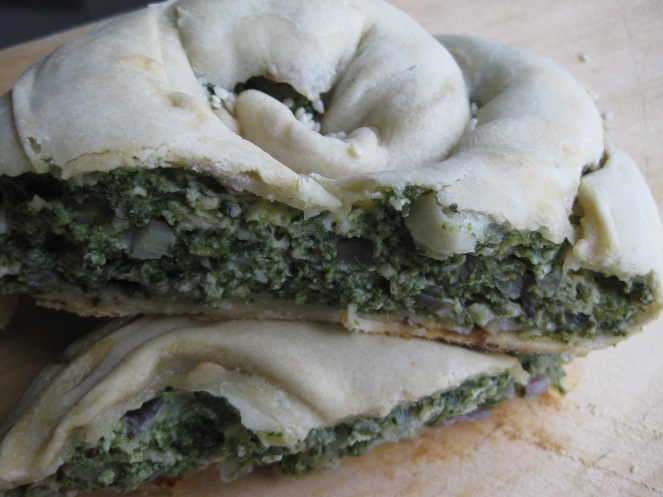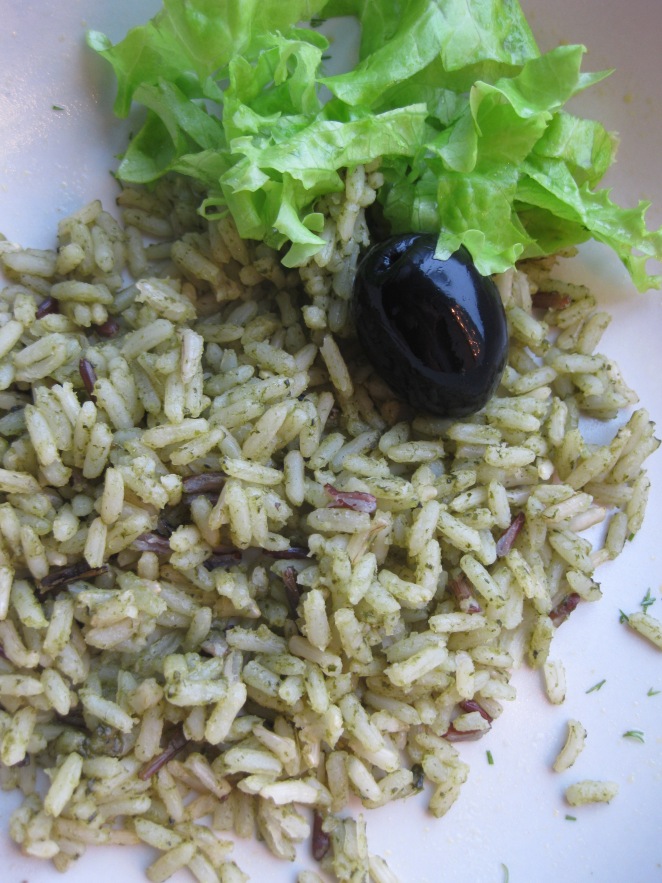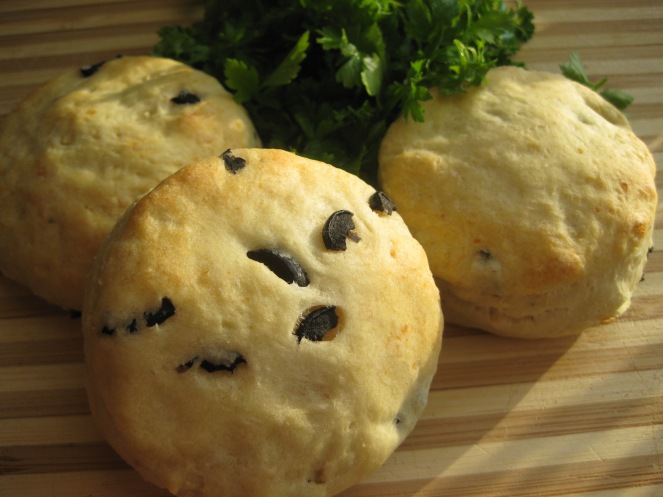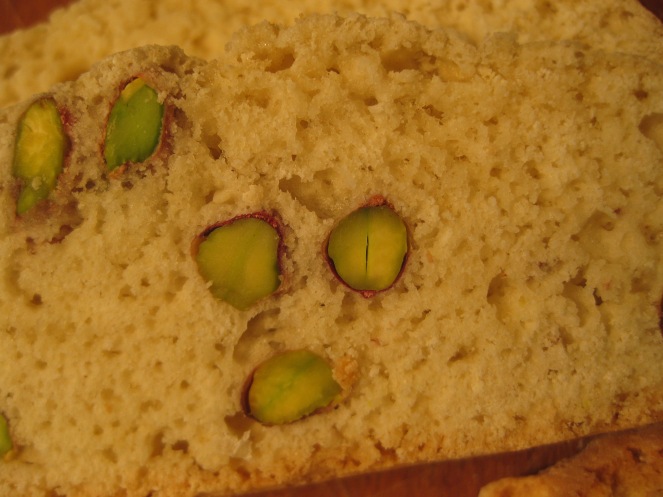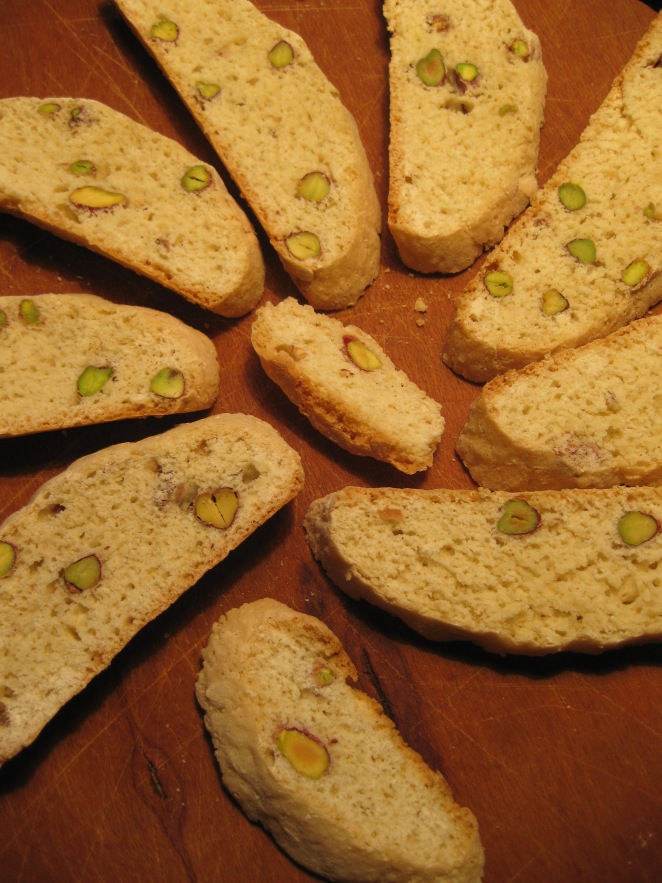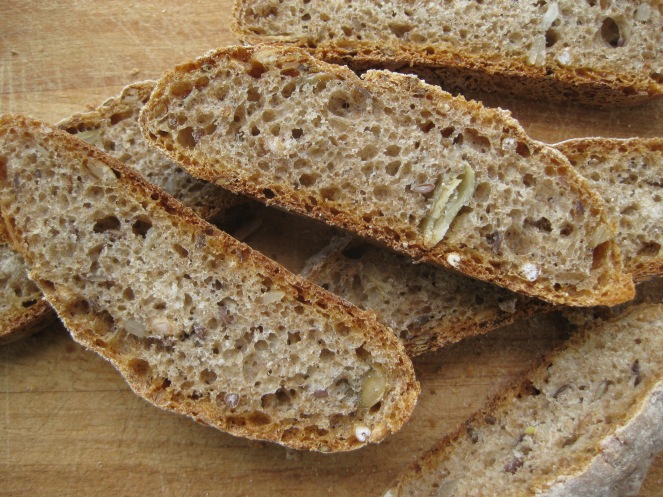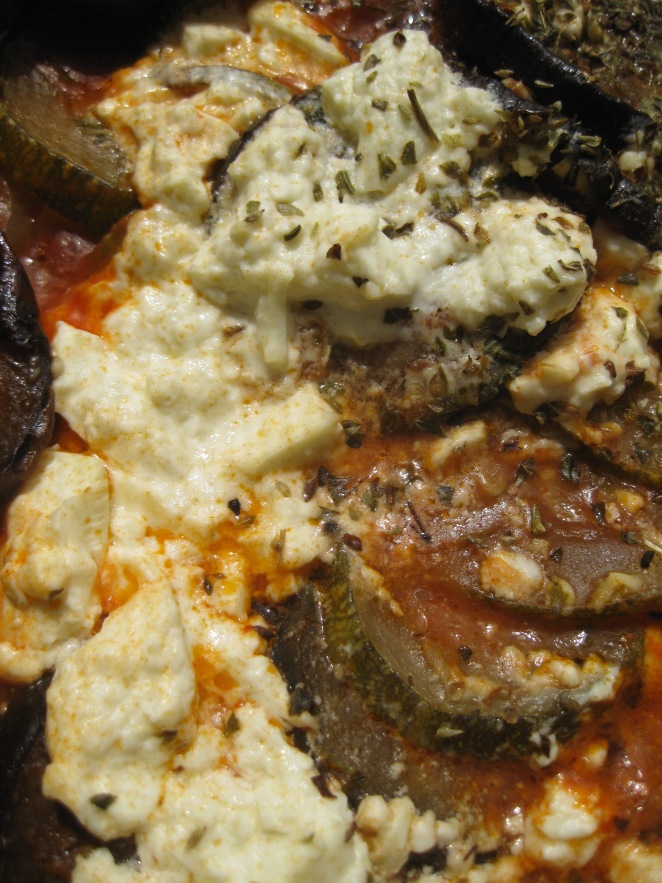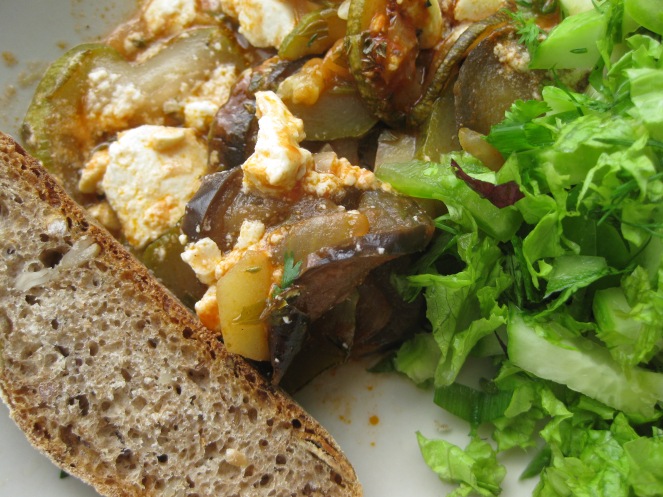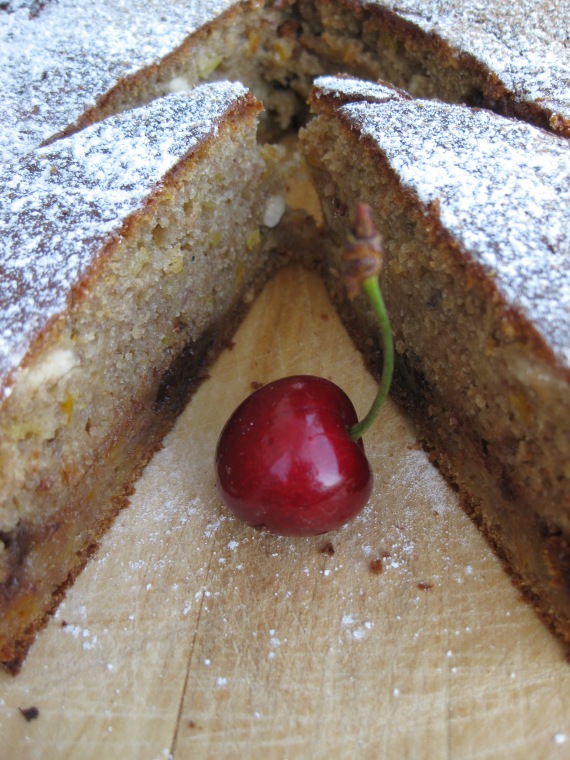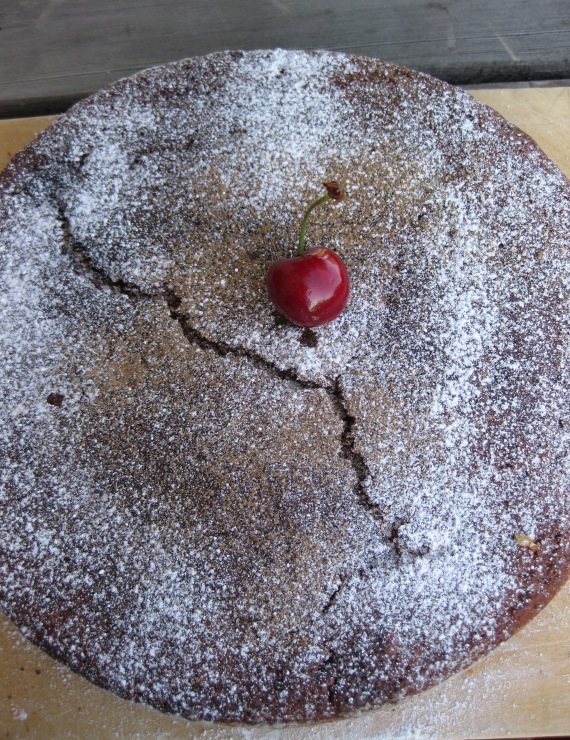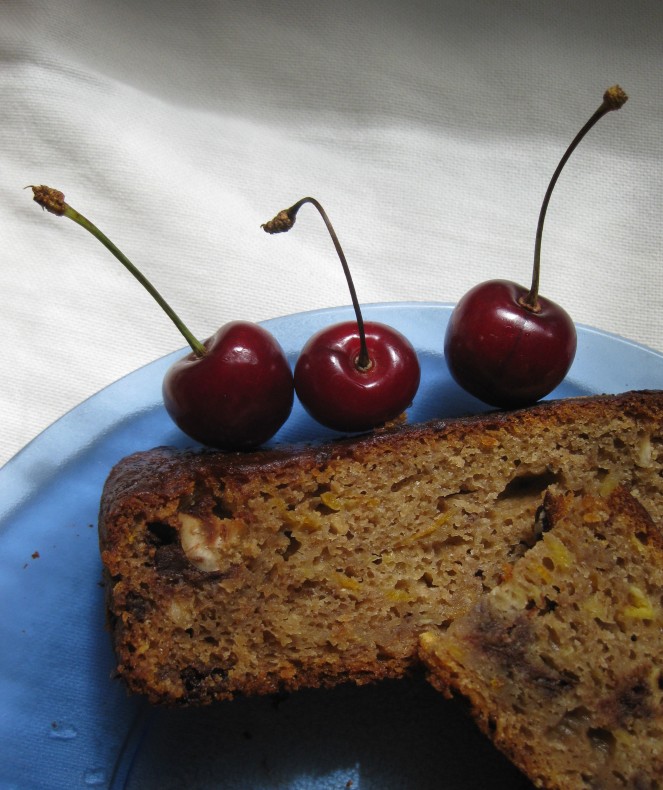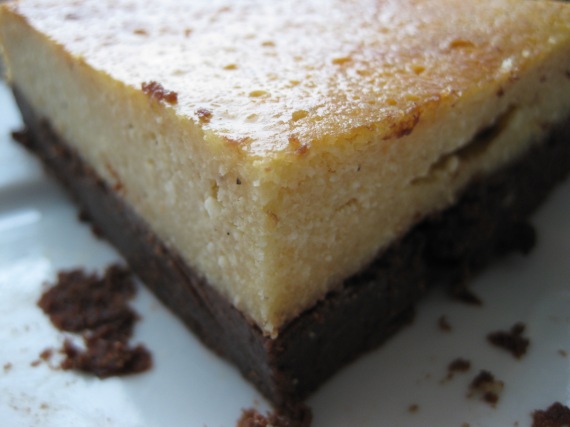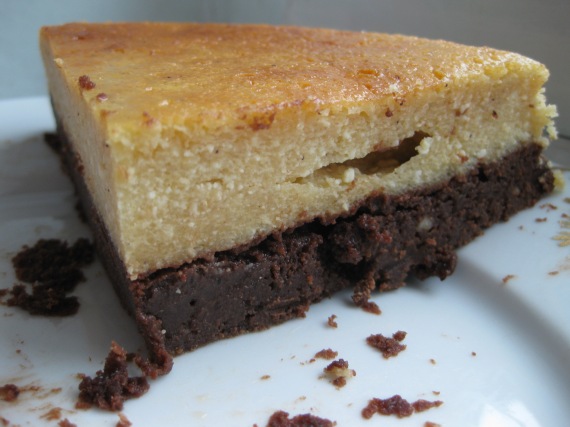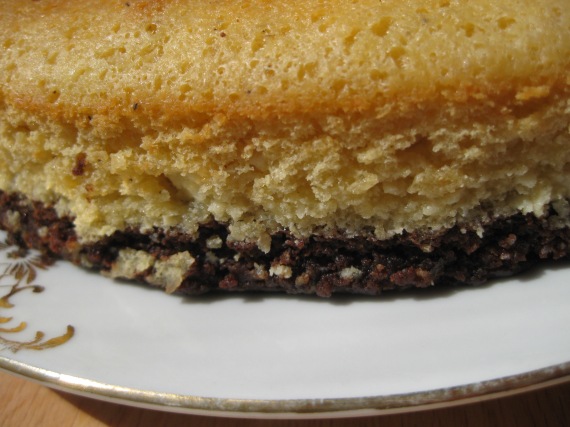Greek Spinach and Cheese Double Rolls
With each new Greek recipe I post here my blog seems to become a more Greek rather than post-Soviet blog : ) But I just cannot resist the heartiness and the comfort of the Greek cuisine! Me speaking Greek language has opened to me so many variations on the same good old theme – a Greek pie.
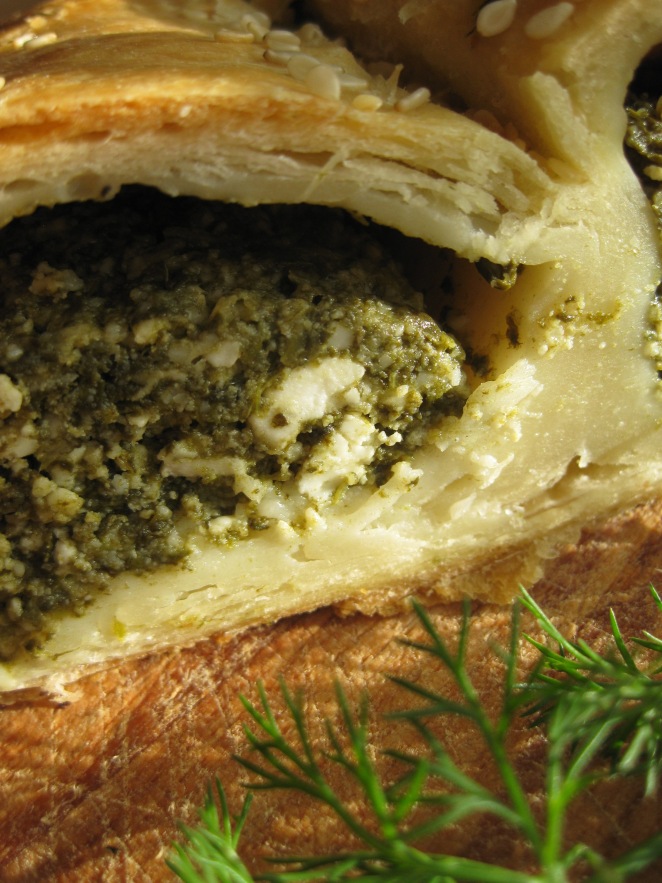
One of my favourite parts of Greek cuisine is the multitude of various pies with all sorts of pastries and fillings. And to think that I only make those pies that do not have meat in them or do not require the pastry I cannot make (or too lazy to do that) myself?

Fairly recently I’ve posted a Greek recipe of a Spinach Cheese Pie with Cornmeal Crust which is an unusual thing even for the rich versatile Greek cuisine. This time I would like to share with you yet another Greek pie also made with spinach and cheese but the filling is wrapped in a more conventional type of pastry.
A year ago – Cheesy Potato and Leek Bake with Sourdough Bread
Two years ago – Autumnal Comfort Sweet Treats
Three years ago – An Easy Bread and A Not That Easy Bread
Spanakotiropita se Rolla or Spinach Cheese Rolls (Σπανακοτυρόπιτα σε ρολά) adapted, translated and posted here with the kind permission of Argiro from www.argiro.gr will make two huge or three-four medium rolls with tasty pastry and salty filling. See my remarks in italics.
Ingredients
For the pastry:
- 600 g all purpose flour
- 1/4 cup olive oil
- 1 Tbs vinegar – I used Greek red wine vinegar
- 1 tsp sugar
- water, about 2 cups – I used less
- 4 Tbs butter or margarine, melted
For the filling:
- 1 kg spinach – I used a bit less of frozen spinach which I defrosted and cooked in its liquid a bit
- 10 spring onions with the green parts – I used less
- 1 bunch dill
- 2 eggs – I decided to leave them out
- 500 g Feta – I had just a bit of real Feta left from this recipe so had to add 2 blocks of 5% fat cottage cheese (tvorog)
- 100 g hard cheese (originally Kefalotiri)
- salt – I also added the Georgian mix called Khmeli-suneli and some Provence herbs
- freshly ground black pepper
Procedure
Making the pastry: In a bowl place the flour, salt, olive oil, vinegar and then add the water bit by bit, kneading the pastry until it doesn’t stick to hands and is very pliable. Divide the pastry into ten small balls. Roll each ball out on a floured surface to a size of a fruit plate. When you have the first 5 circles, brush one with the melted butter, cover with the next one, butter this one too and go on like this until you get to the fifth circle. Do not grease this one. Place the five circles in a dish and cover it. Proceed with the remaining 5 balls. Place both piles in the fridge for 1 hour so that the butter is chilled and the result is almost that of a sfogliata pastry (=puff pastry).
Now to the filling: Clean, wash and finely chop the spinach (I used frozen spinach that I cooked in its liquid), place it in a bowl, adding the finely chopped spring onions. Add 1 tsp salt and knead the mixture so that it releases the liquid (I did not do that). Leave it for ten minuted. Squeeze the mixture with your hands to drain it completely. Place it back in a bowl and add dill and beaten eggs (I didn’t add eggs). Add the grated cheese, season with salt and pepper and mix well (I couldn’t help seasoning the mixture with some herbs).
Assembling and baking: Preheat the oven to 180°C. Line a baking sheet with parchment paper. Divide the filling in four. Roll out the first pile into a large rectangular of the same size as your baking sheet. Place tablespoons of filling along both long sides of the pastry. Roll each side up to the middle until the two stick together. Transfer this double roll onto the baking sheet (I rolled the pastry on the paper already). Do the same with the second pile. Brush the rolls with some butter, sprinkle with water (and some sesame seeds if you wish). Bake on the bottom rack for about 1 hour and 15 minutes till it browns nicely (my roll took just about an hour and I placed it on the middle rack).
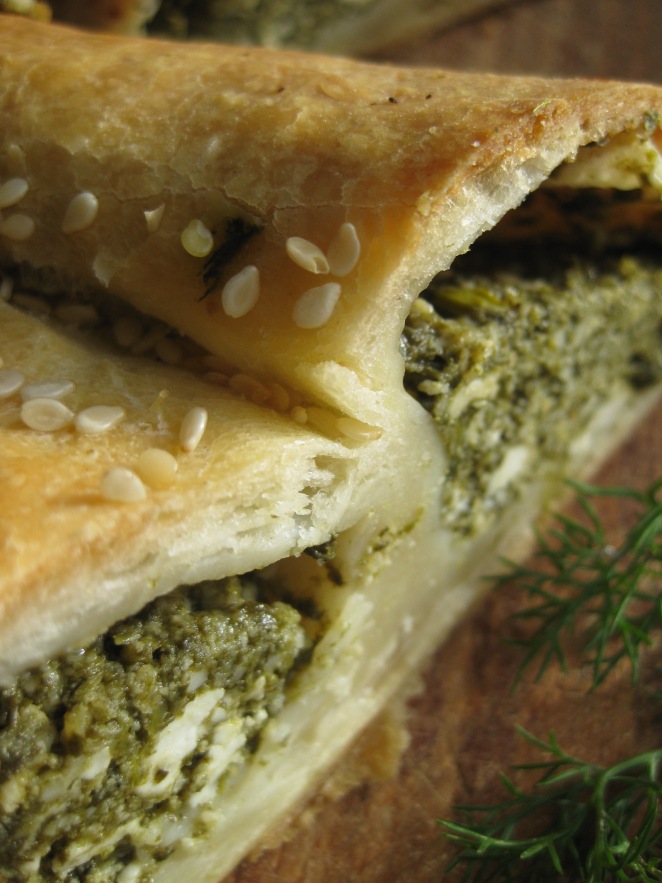
Remarks: I did not bake all the rolls at once, I put the remaining half of the pastry in the fridge wrapped in plastic and the filling too. The next day I added some cooked corn groats to the leftover feeling (don’t kill me for that!) and made two smaller pies. One of them was only half-vegetarian as I filled one side of the roll with minced meat for my Father.
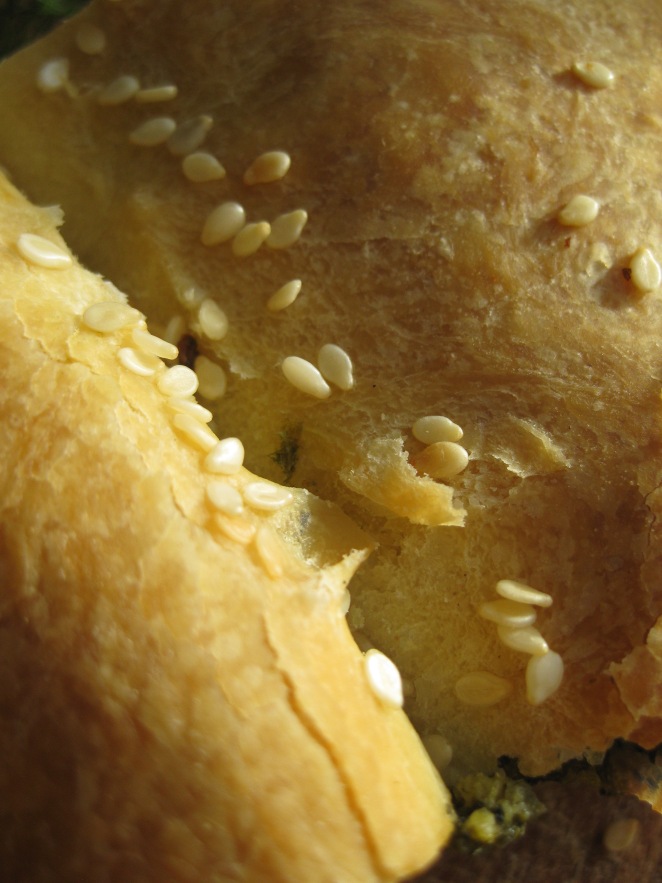
Result: The perfect comfort food for me. Oh that flaky pastry and that salty soft filling… Be careful with the salt though if your Feta is a real one. And of course all the sesame seeds will eventually fall off but who cares!
Recently made this good-looking Pistachio-Walnut Sourdough Bread with my rye sourdough culture – no hope that I will taste it though as I will soon be travelling again and I left it at my parents’ place unguarded… 🙂
G.


